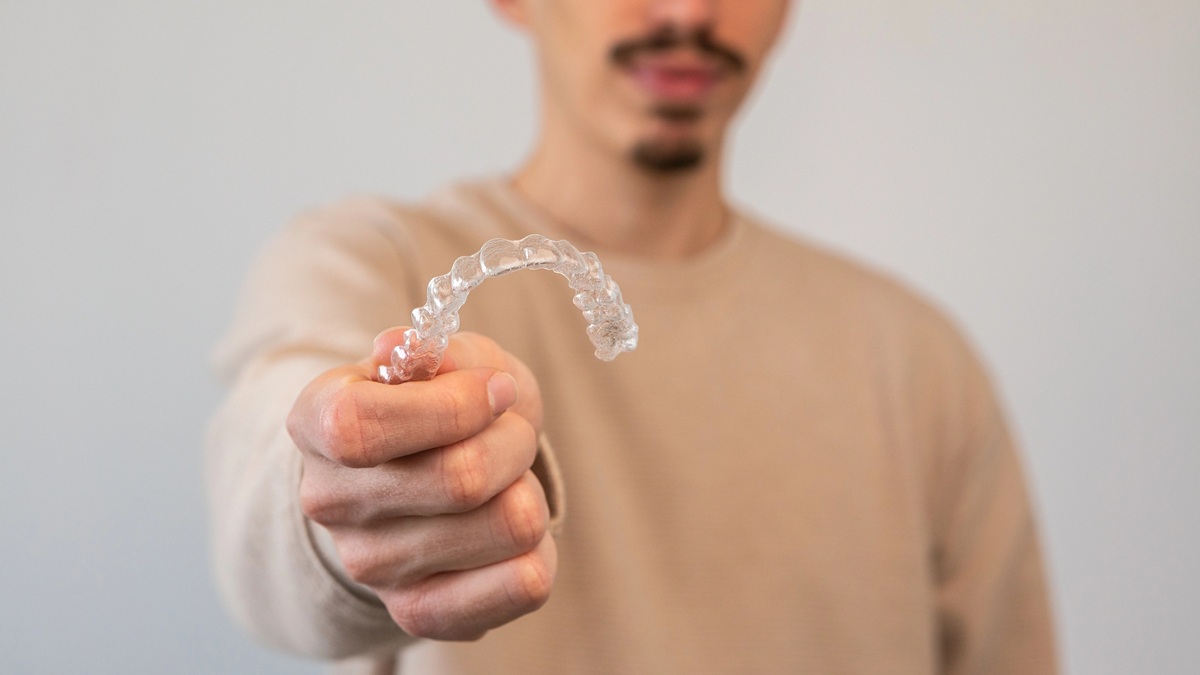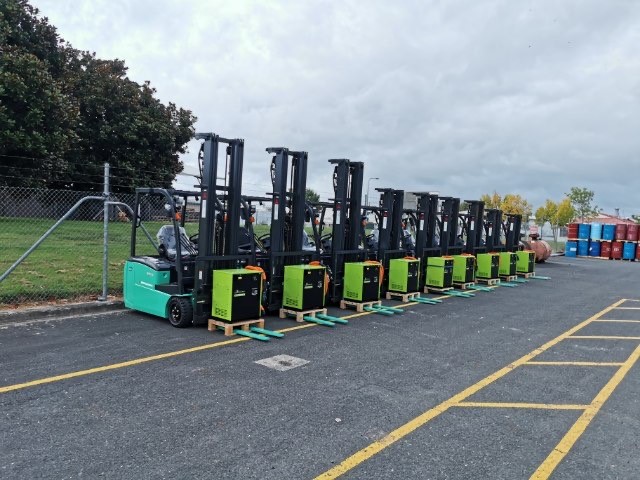Auckland tradies are used to solving problems on the fly—be it on-site, in the van, or dealing with stubborn hardware. But when it comes to sorting out crooked teeth or reclaiming a confident smile, the solution isn’t always as straightforward as tightening a bolt. Lately, more tradies are eyeing at-home teeth aligners as a quick fix for dental concerns they’ve put off for years. No time off work, no awkward visits—just a slick set of clear trays that promise to get the job done. For those weighing up if these aligners genuinely work, it’s worth digging into what New Zealanders are learning about their effectiveness.
But are these invisible straighteners all they’re cracked up to be? Especially for busy blokes and women working long hours, outdoors, and often in unpredictable conditions? This guide cuts through the gloss and delivers an honest, no-nonsense take on whether at-home teeth straighteners are truly the right fit for Auckland’s hardest-working hands.
Key Takeaways
- At-home aligners offer flexibility, but aren’t ideal for every bite issue.
- Tradies need durable, hassle-free options that can handle messy worksites and long shifts.
- A one-size-fits-all approach can backfire without professional assessment.
- Some New Zealanders are now favouring options that blend remote tech with in-person support.
What Exactly Are At-Home Teeth Aligners?
Unlike traditional braces or in-clinic clear aligners, at-home kits ship directly to your door. The process usually kicks off with a digital scan or putty impression you take yourself. From there, a series of plastic aligners arrives, each one nudging your teeth closer to the final straightened shape over several months.
There’s no need to step foot in a dental chair—or so the marketing claims. Instead, you follow the treatment plan via app or email, replacing trays on schedule and sending progress pics as needed. It sounds ideal for anyone with a full calendar and a low tolerance for dental clinics.
But there’s a catch: not every mouth is built for mail-order dentistry. And for tradies working long days on construction sites, in service vans, or outdoors in variable Auckland weather, things can get complicated fast.
How Realistic Are They for Tradie Life?
Tradies don’t work in pristine, climate-controlled offices. They’re laying pipes, wiring homes, sanding floorboards, or fixing commercial units in the rain. That means aligners need to fit into a lifestyle that’s often dirty, active, and on-the-go.
Removing trays for every smoko or lunch break can become a chore. Then there’s cleaning them, storing them safely, and remembering to pop them back in—all while juggling tools and timelines. One lost aligner in a ute or dropped off a scaffold could set your treatment back weeks.
The other hurdle is comfort. If an aligner irritates your gums, slides out during work, or creates a slight lisp, it might not seem like a big deal until you’re negotiating with a client or briefing your team. Comfort and confidence matter on and off the job.
The Big Question: Are They Actually Effective?
For some Kiwis, the answer is yes. If your teeth have only minor crowding or spacing issues, and your bite is generally fine, at-home aligners can make a noticeable difference. But here’s where it gets murky.
Most of these kits don’t involve a full clinical assessment. You’re unlikely to get X-rays, jaw measurements, or an orthodontist’s opinion. If you have bite problems (like underbite, crossbite, or open bite), or issues affecting speech or jaw alignment, you’re on your own.
In fact, many who start with at-home kits end up seeking help later when things go sideways. Teeth that shift incorrectly, or don’t move at all, aren’t just cosmetic concerns—they can create discomfort, grinding, or even long-term damage.
Aucklanders who want more assurance are looking at options that pair remote tech with professional monitoring. These hybrid paths let you use aligners while still checking in with someone who can adjust your treatment when needed.
Risks You Might Not Think About
Let’s say your aligners aren’t fitting well. Maybe they’re pinching one side or feel too loose. With no one in-person to check your bite, you might carry on anyway, thinking it’s just part of the process. But subtle alignment issues can build up into bigger problems—like jaw discomfort, headaches, or gum damage.
Worse still, if your treatment plan was based on low-res images or a shaky scan, the trays might not suit your actual tooth movement patterns. That can lead to stagnation or misalignment. And if the company’s based offshore, customer support can be a slow, frustrating grind.
The reality? Teeth straightening isn’t always plug-and-play. Orthodontists spend years training because every mouth has its own architecture. A solution that’s too generic could end up being costly to fix.
Are You a Good Fit for DIY Aligners?
You might be—if your dental needs are straightforward and you’re up for managing everything yourself. That includes tracking your progress, cleaning properly, swapping trays on time, and spotting problems early. For some, that’s achievable. For others, especially tradies already juggling schedules and physical work, it can become a mental load.
There’s also the question of self-discipline. You’ll need to wear the trays for 20–22 hours per day, every day. That means fewer long lunches, no accidental naps with them out, and skipping the odd Friday beer that makes keeping them in less pleasant.
Many Auckland tradies are already exploring smart ways to improve their smile with affordable teeth straightening options that fit their lifestyle.
If you’re unsure about your suitability, that’s where a hybrid model or a local expert makes sense. Even a one-time in-person assessment can make sure your plan is built on solid ground.
Tradie-Friendly Tips for Clear Aligner Success
Whether you go with an at-home kit or a clinic-backed system, here are a few habits that make a difference:
- Keep a crush-proof aligner case in your ute, not your pocket.
- Use water and a toothbrush to clean them at smoko — not just a quick rinse.
- Set a recurring reminder to switch trays and check fit.
- If anything feels off, talk to someone qualified early.
A few small steps can save you a world of frustration and ensure your smile doesn’t take a backseat.
Final Thoughts: Know What You’re Getting Into
Straightening your teeth can be one of the most rewarding decisions you make. But the method you choose matters. At-home aligners might work for some, but they’re not a guaranteed fix — especially when tradie life adds extra curveballs.
If you want confidence that your treatment won’t go sideways, start with information from someone you trust. Don’t just look at before-and-after shots. Look at what happens if something goes wrong, and who’s got your back if it does.
Some Aucklanders are now leaning toward local solutions that combine convenience with clinical backing. It’s a shift towards smarter straightening, and one that tradespeople in particular should consider.
Because fixing your smile shouldn’t feel like another job — it should feel like progress you can rely on.


